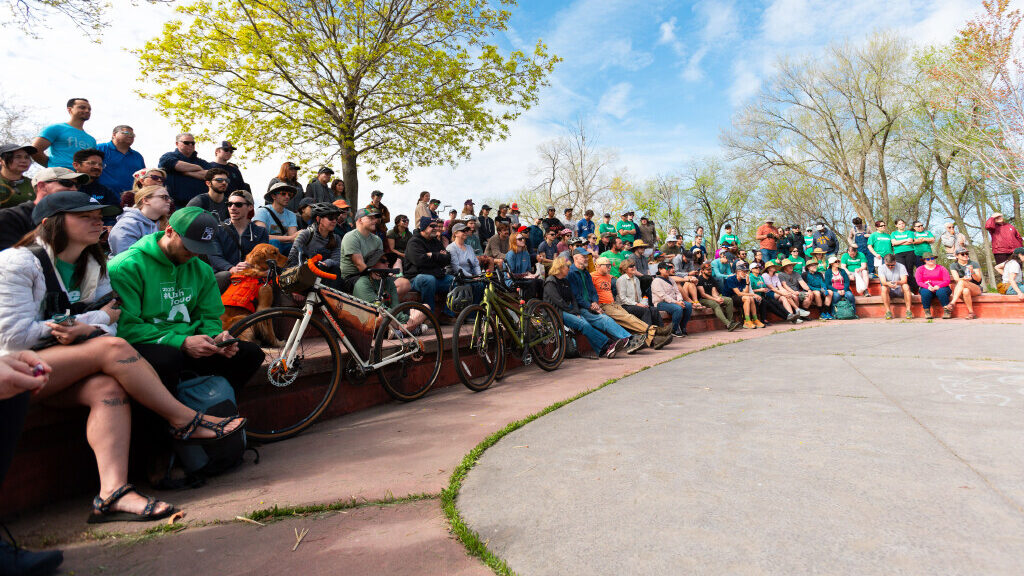Historic Native American petroglyph known as ‘The Birthing Scene’ vandalized
Apr 27, 2021, 12:45 PM | Updated: May 6, 2021, 9:40 am

Vandalism to the historic "Birthing Scene" petroglyph near Moab. Emergency efforts to clean up the ancient petroglyph Birthing Rock got underway last week, but crews say it may take months before the damage will be fully undone. Image has been blurred. (Sherri Costanza)
(Sherri Costanza)
MOAB, Utah — A historic and ancient petroglyph near Moab known as “The Birthing Scene” or “Birthing Rock” has been vandalized with vulgar language and drawings.
Photos of the rock provided to KSL NewsRadio show the phrases “White Power” and “Eat A**.” Someone also etched a crude drawing of a penis into the stone.
‘It’ll never be the same’: Repair work on ancient petroglyph may take months
The historical landmark is one of the more well-known petroglyphs in the area that holds importance to many community members and various cultures. The drawings and designs that cover the rock were etched by the Ancestral Puebloans (AD 1 to AD 1275), the Fremont Indian people (AD 450 to AD 1250) and the Ute Indian people (AD 1200’s to AD 1880).
Someone badly defaced three of the four panels on the artifact.
The Birthing Scene Vandalized
Grand County Commissioner Mary McGann said the Bureau of Land Management will bring archeologists and curators to examine the site.
“I think it happened [Monday] and there’s an iconic petroglyph … of giving birth. It’s called “the birthing rock” and it’s a celebration when you look at it, it’s a celebration of birth and creation — It’s one of a kind, and it’s ancient, it can’t be replaced.”
Listen below to her conversation with Jeff Caplan’s Afternoon News.
She said whoever vandalized the rock art jumped a fence to do it.
“It’s devastating, it’s heartbreaking [and] just awful,” she said.
McGann said that for much of Grand County, tourism is their lifeblood; it’s difficult when one act can ruin a precious site like this for everyone else.
Vandalism increasing
“Managing tourism is very difficult and hard to do, Because oftentimes, it’s one bad apple out of 100 that destroys the experience for everyone,” McGann said adding earlier in the week, a climber put a peg in another petroglyph at Arches National Park but claimed they didn’t know what it was.
“The vandalism in the backcountry on public lands has been exponentially increased with the increase of visitors. We’ve been working really hard as a commission and the City Council has been working really hard to try to find ways to improve the behavior of tourists and people who have visited our country.”
She added now, any new signage posted also comes with some type of sustainability and respect message.
McGann said while the vandalism is heartbreaking and shocking, it’s important to leave any sort of restoration to the experts.
“They’re asking people not to go there [and] asking people please, please, please don’t go and try to fix it yourself.”
Visit Moab says, “Rock art sites on federal lands are nationally protected areas. The art is extremely fragile, once damaged the site can never be repaired to its original condition.”
They said even the oils from your skin can chemically affect the rock’s surface.
“Do not attempt to remove any form of vandalism, including signatures, dates and names. Site repair requires technical expertise and can be made more difficult by the good intentions of those without highly developed skills,” they added.
A plea for protection
The federal government and the state government own about 87% of Grand County. With a population of 9,600 at the last census, McGann said local law enforcement simply can’t police all of that land.
“It’s going to take all of us together working to bring an end to this destruction, otherwise, we’re going to have to do something dramatic that nobody wants, to closing off areas to not allowing people in, and we don’t want that. We want people to love and appreciate it as much as we do. But if we find we can’t protect it, that’s the only thing we’re going to. That’s what we’re going to be left with.”
McGann said local businesses plan to pool funds for information on who defaced the petroglyph.














